Renault Captur vs Dacia Bigster – Forskjeller og priser sammenlignet
Kostnader og forbruk
Pris og effektivitet er ofte områdene med de tydeligste forskjellene. Her avgjøres det ofte hvilken bil som passer best til budsjettet over tid.
Dacia Bigster har et lett prisfortrinn – den starter på 24000 €, mens Renault Captur koster 24700 €. Forskjellen er omtrent 660 €.
Også når det gjelder drivstofforbruk, ser vi forskjeller: Renault Captur klarer seg med 4.50 L og er dermed minimal mer drivstofføkonomisk enn Dacia Bigster, som bruker 4.70 L. Forskjellen er omtrent 0.20 L per 100 km.
Motor og ytelse
Under panseret ser man hvilken modell som har den mer sportslige karakteren – og hvem som akselererer best.
Når det gjelder motoreffekt, har Dacia Bigster et lett overtak – 155 hk mot 143 hk. Det tilsvarer en forskjell på omtrent 12 hk hk.
I akselerasjon fra 0 til 100 km/t er Renault Captur minimal raskere – 8.90 s mot 9.70 s. Forskjellen er omtrent 0.80 s sekunder.
Når det gjelder toppfart, ligger foran – den når , mens stopper på . Forskjellen er omtrent .
Også når det gjelder dreiemoment, er det forskjeller: Renault Captur drar litt kraftigere med 265 Nm mot 230 Nm. Forskjellen er omtrent 35 Nm.
Plass og praktiske egenskaper
Utover rå ytelse teller hverdagskomfort mest. Her avgjøres det hvilken bil som er mest praktisk og allsidig.
Seter: tilbyr flere sitteplasser – mot .
Når det gjelder egenvekt, er Renault Captur nesten umerkelig lettere – 1323 kg mot 1425 kg. Forskjellen er omtrent 102 kg.
Når det gjelder bagasjeromsplass, tilbyr Dacia Bigster klart synlig mer plass – 667 L mot 422 L. Forskjellen er omtrent 245 L.
Ved maksimal lastekapasitet scorer Dacia Bigster påfallende bedre – opptil 1937 L, omtrent 574 L mer enn Renault Captur.
I nyttelast vinner Dacia Bigster minimal – 467 kg mot 453 kg. Forskjellen er omtrent 14 kg.
Hvem vinner duellen?
Dacia Bigster viser seg å være tilbyr en bedre helhet og blir dermed vår DriveDuel Champion!
I denne sammenligningen fremstår Dacia Bigster som den mer komplette allrounderen.
 @ Dacia / Renault Group Media
@ Dacia / Renault Group Media
Dacia Bigster
Kostnader og forbruk
Vis detaljert analyse
Motor og ytelse
Vis detaljert analyse
Mål og karosseri
Vis detaljert analyse
Renault Captur
Captur er en smart og urban crossover som mikser leken design med praktisk fleksibilitet og gjør hverdagens små eventyr litt morsommere. Den byr på komfortabel kjøreopplevelse, intuitive løsninger og akkurat passe mye personlighet til å føles som et godt valg for den stilbevisste pendlere.
detaljer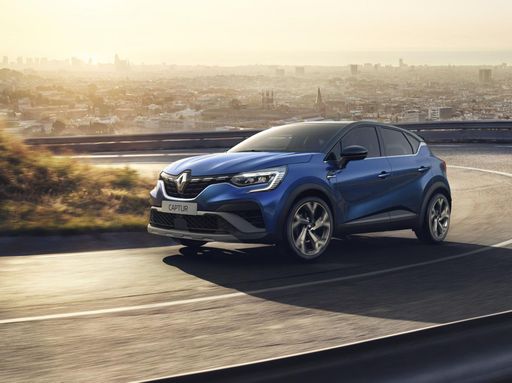 @ Renault Group Media
@ Renault Group Media
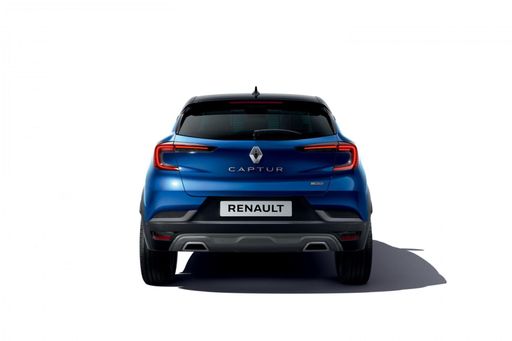 @ Renault Group Media
@ Renault Group Media
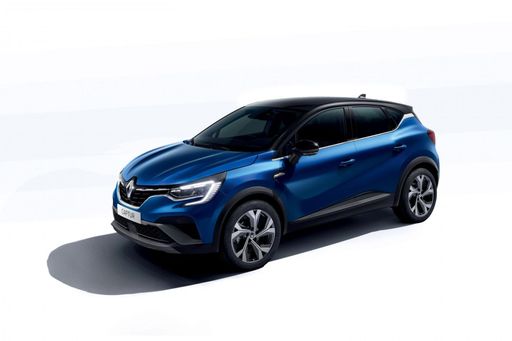 @ Renault Group Media
@ Renault Group Media
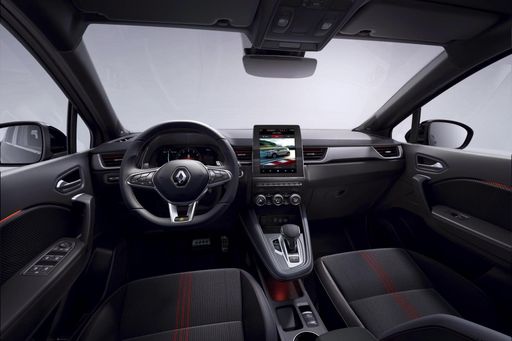 @ Renault Group Media
@ Renault Group Media
Dacia Bigster
Dacia Bigster opptrer som et friskt pust i SUV-klassen — robust i uttrykket, praktisk i løsningene og overraskende sjarmerende. Den er laget for dem som vil ha mye bil for pengene, med plass til alt fra barnevogn til surfebrett og et prisnivå som får smilet fram uten glitter.
detaljer @ Dacia / Renault Group Media
@ Dacia / Renault Group Media
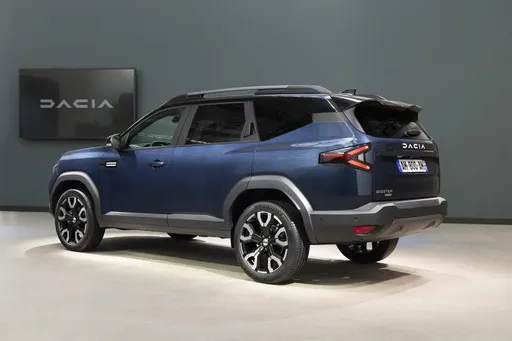 @ Dacia / Renault Group Media
@ Dacia / Renault Group Media
 @ Dacia / Renault Group Media
@ Dacia / Renault Group Media
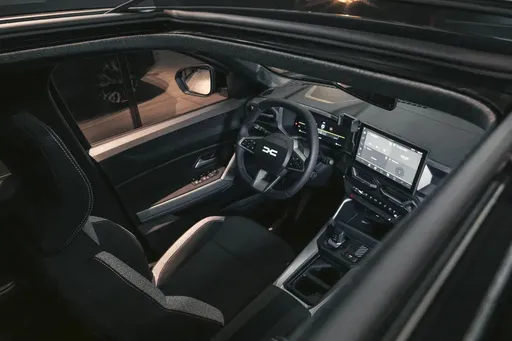 @ Dacia / Renault Group Media
@ Dacia / Renault Group Media
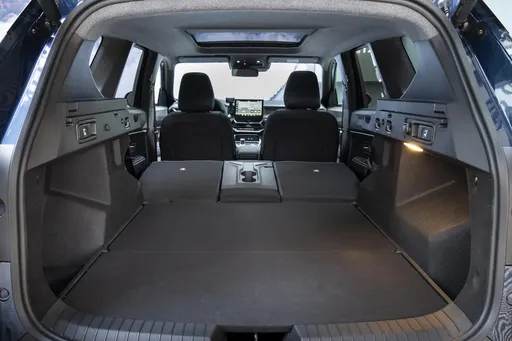 @ Dacia / Renault Group Media
@ Dacia / Renault Group Media
 @ Renault Group Media
@ Renault Group Media
|
 @ Dacia / Renault Group Media
@ Dacia / Renault Group Media
|
|
|
|
Kostnader og forbruk |
|
|---|---|
|
Pris
24700 - 33100 €
|
Pris
24000 - 31000 €
|
|
Forbruk L/100km
4.5 - 6 L
|
Forbruk L/100km
4.7 - 7.1 L
|
|
Forbruk kWh/100km
-
|
Forbruk kWh/100km
-
|
|
Elektrisk rekkevidde
-
|
Elektrisk rekkevidde
-
|
|
Batterikapasitet
-
|
Batterikapasitet
-
|
|
co2
102 - 137 g/km
|
co2
106 - 137 g/km
|
|
Tankkapasitet
48 L
|
Tankkapasitet
50 - 55 L
|
Mål og karosseri |
|
|---|---|
|
Karosseri
SUV
|
Karosseri
SUV
|
|
Seter
5
|
Seter
5
|
|
Dører
5
|
Dører
5
|
|
Egenvekt
1323 - 1514 kg
|
Egenvekt
1425 - 1547 kg
|
|
Bagasjerom
326 - 422 L
|
Bagasjerom
510 - 667 L
|
|
Lengde
4239 mm
|
Lengde
4570 mm
|
|
Bredde
1797 mm
|
Bredde
1813 mm
|
|
Høyde
1575 mm
|
Høyde
1705 mm
|
|
Maks bagasjerom
1276 - 1363 L
|
Maks bagasjerom
1813 - 1937 L
|
|
Nyttelast
376 - 453 kg
|
Nyttelast
383 - 467 kg
|
Motor og ytelse |
|
|---|---|
|
Motortype
Full hybrid, Bensin, Bensin MHEV
|
Motortype
Bensin MHEV, Full hybrid, LPG
|
|
Girkasse
Automat, Manuel
|
Girkasse
Manuel, Automat
|
|
Gir detalj
Automatgirkasse, Manuell girkasse, Automatisk dobbeltclutch
|
Gir detalj
Manuell girkasse, Automatisert manuell girkasse
|
|
Drivtype
Forhjulsdrift
|
Drivtype
Firehjulsdrift, Forhjulsdrift
|
|
Effekt hk
115 - 143 hk
|
Effekt hk
130 - 155 hk
|
|
Akselerasjon 0-100km/t
8.9 - 12.3 s
|
Akselerasjon 0-100km/t
9.7 - 11.2 s
|
|
Maks hastighet
180 km/h
|
Maks hastighet
180 km/h
|
|
Dreiemoment
160 - 265 Nm
|
Dreiemoment
230 Nm
|
|
Antall sylindre
3 - 4
|
Antall sylindre
3 - 4
|
|
Effekt kW
84 - 116 kW
|
Effekt kW
96 - 115 kW
|
|
Slagvolum
1199 - 1789 cm3
|
Slagvolum
1199 - 1799 cm3
|
Generelt |
|
|---|---|
|
Modellår
2025
|
Modellår
2025
|
|
CO2-effektivitetsklasse
C, D, E
|
CO2-effektivitetsklasse
E, D, C
|
|
Merke
Renault
|
Merke
Dacia
|
Hvilke drivlinjer finnes for Renault Captur?
Modellen tilbys med Forhjulsdrift.
De viste prisene og dataene er estimater basert på tyske listepriser og kan variere avhengig av land. Denne informasjonen er ikke juridisk bindende.
